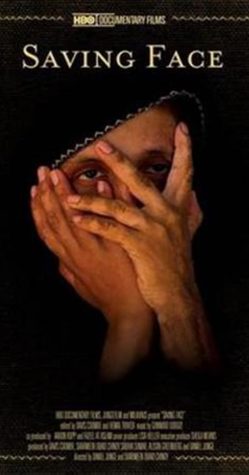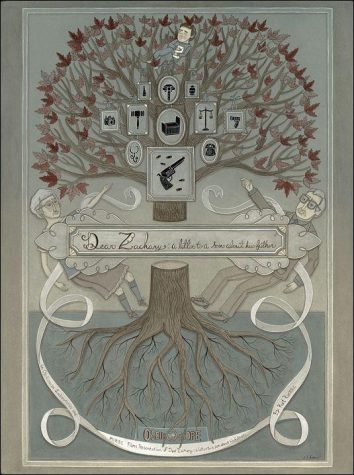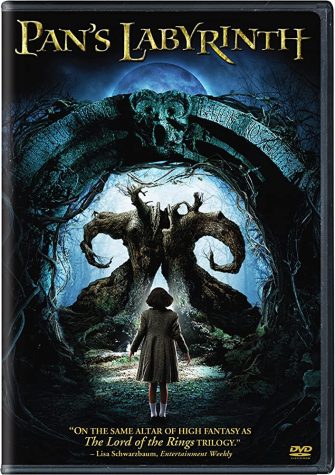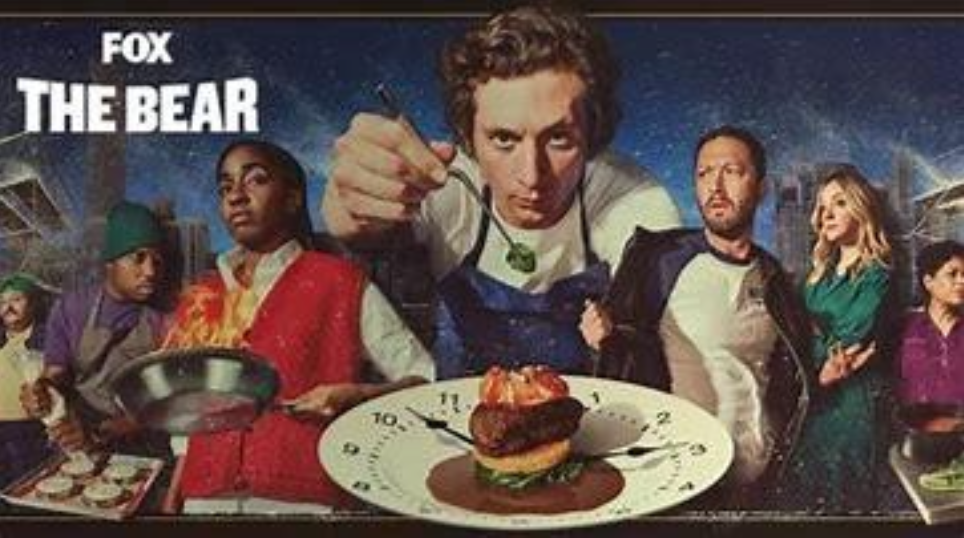Diversify Your Taste in Films
May 5, 2023
Films, like most pieces of art, are an amazing form of expression. When you go to the theaters and pay for overpriced popcorn to watch a movie, no matter how big or small it is in scale, you are viewing hundreds of different ideas and concepts that were sprung from its creators. However, for American audiences, we clearly give more attention to big spectacles and long spanning franchises. Out of the 30 top grossing movies of all time, only a single film is not part of an existing franchise or a sequel (Titanic). And there is nothing wrong with watching big blockbuster films. I also have days where I just want to shut my brain off for an hour or two after a hard day of work and just enjoy the huge explosions on the screen. Jurassic Park is one of my favorite movies and it is classified as a blockbuster. However, it is my opinion that limiting yourself to big franchises exclusively can blind you to the amount of unique and expressive films over the horizon whether they are foreign films, indies, etc. Therefore, I am encouraging my fellow students to pop some popcorn and broaden your horizons by seeking out diverse films.
One of the biggest reasons for exploring more diverse films is that you can experience interesting ways of filmmaking that simply are not going to be shown in modern Hollywood cinema. For example, Reservoir Dogs is an hour and thirty-nine-minute-long film and 80% of the entire runtime is just a group of people inside a room talking. It might not be the most enjoyable thing to see on paper, but it just shows how much you can intrigue the audience from dialogue and character drama alone. Not every source of entertainment comes from big set pieces and fight scenes, but also from simple and fun dialogue between multiple characters in a singular building.
And my reasoning for searching for these types of films is not simply just because movies can entertain, they can also be incredibly informative. The documentary Saving Face is about two Pakistani women, survivors of acid violence, who were attacked on the street by Pakistani men participating in acid violence against women due to cultural and structural inequalities towards women. The director, Sharmeen Obaid – Chinoy discusses this in her TedTalk where she brings up how over 100 women are acid attacked on a yearly basis in Pakistan. Not only is the documentary highly received critically, but also helped shine a light on the bias system in Pakistan and how women are being systematically oppressed in the country. It shows that you can learn new things even on a cultural level from films.

Another interesting and emotionally moving documentary is Dear Zachary – A Letter To A Son About His Father which is about a man writing a letter to his best friend’s son about what type of person his father was and included interviews from the grandparents about their experiences with him. It is not only emotional, but also incredibly informative about the legal system in Canada. {Spoilers of the documentary for the rest of the paragraph} For example, the son’s father Andrew Bagby was shot and murdered by his ex-girlfriend who was also pregnant with him. She ran to Canada and would be later arrested and during her time, she gave birth to Zachery. The grandparents traveled to Canada and were able to get custody of the child. However, due to receiving advice from the judge themselves (which was not legal procedure by the way) and seen as a non-threat to society by the judge, she was able to get out through bail and was legally allowed to get the child back from the grandparents. Only a few months later, sadly, she drowned herself and the thirteen-month-old baby in a murder suicide. This film was not only emotionally devastating, but also gave attention to the terrible legal system Canada had. The film was written, produced, directed, edited, and scored by Andrew’s close friend Kurt Kuenne.

I did not want to put these documentaries in here to make you sad, but to simply give you just a glimpse into the world of cinema outside of regular Hollywood shlock. If I did not bring these two examples up, I am confident you would have never heard these stories before. These are not just simply films, these are stories coming from individual experiences that are shown on the big screen for everyone to watch, digest, and learn from.
It is not just nonfiction movies that can make you learn and explore either. There are hundreds of fantasy, sci-fi, surrealist, horror, and other forms of film that can catch our eye and make our jaws drop with wonder. Sure, Hollywood has many notable examples of such forms, but foreign and independent filmmaking can do it in a creative way due to the lack of production value when compared to blockbusters. Sometimes the lack of money can encourage both collaboration and imagination. For example, Pan’s Labyrinth, a 2006 foreign film, is highly regarded not only for the coming-of-age story of our main character, but also the interesting creature designs as well. For example, the Pale Man is the most popular creature in the film because of its design and presentation. There were mixed opinions on how the creature should look, but the collaboration from both the artist and director created the ultimate design for Doug Jones (the actor for the Pale Man) on time even behind the confines of financial limitation. And the results were a whopping success which comes to showing how, even when films are lacking in the budget, they can motivate creativity and it shows in both Pan’s Labyrinth and many other foreign films.

But why does it matter exactly? If Joe Schmo just wants to watch popcorn flicks at his local theater, who is he hurting? Fair enough but consider this. When you watch a film in theaters, for example Transformers, it tells the people in Hollywood that these types of movies are being seen the most. Why do you think the top 50 highest grossing movies are either sequels or from giant money-making franchises? Simple, because franchises like Marvel will continue to spew out movies every single year since those flicks are the ones that sell. So why exactly would creators want to continue to make creative or unique films that always flop if churning out these specific types of movies makes tons of money? At the end of the day, filmmaking is also seen as a business. When you see a movie, intentionally or not, you are encouraging the top guys to continue making these types of products. Ironically enough, they might have all the resources, but they will always rely on us for their success, including independent creators. Watching more indie films can not only benefit you, but also help these independent creators who are scrounging around for a budget make more films possible.
And the intrigue for these types of films is just the beginning. Interestingly, U.S. audiences are now starting to watch more foreign films. The article “Americans are consuming more foreign content than ever” covers how, ever since COVID, there has been more demand for foreign films than ever. “Indian series went from having an almost negligible demand share in Q1 2018 (0.3%) to the 5th largest country at the end of 2020 (1.5% share). Naagin, an Indian fantasy thriller series, was the top Indian show in the U.S. last year, with 16.7x the average demand.” Is this a sign of progress when it comes to the American audience looking for diverse kinds of films? Only time will tell. But regardless of the reality of the situation, there seems to be not only more interest, but even more acceptance in diverse filmmaking.
Am I saying you can never watch a big blockbuster movie again? Absolutely not. There is a plethora of amazing movies that are meant to be seen on the big screen due to the scale of it all and deserve to be in the spotlight. However, I suggest expanding your taste in films, because it could be a huge eye opener towards topics and concepts you had no idea existed. There are so many stories, cultures, and creative ways of telling a story that I would have never heard of without watching a greater variety of films. The tales films tell and, more importantly, how they are told can shift perspectives and inspire social movements. For better or for worse, films can have an explosive impact on how we see things in our lives, so it is important to pay attention to who made it and what their goals were. Would you rather look deeper in the ever-expanding world of cinema, or just continue to watch the next Marvel movie while Oscar nominated films like The Banshees of Inisherin, Tar, and Marcel the Shell with Shoes On fade in obscurity?
- Jeremy Johnson




















